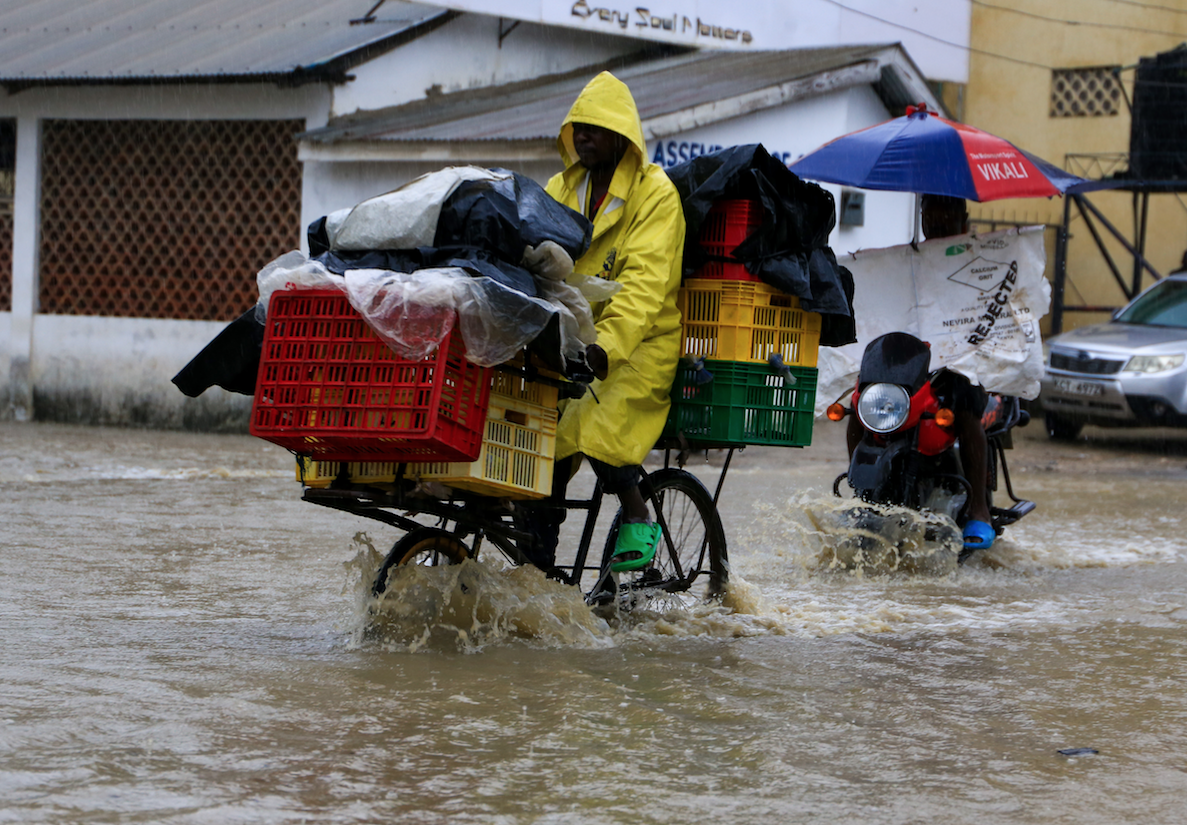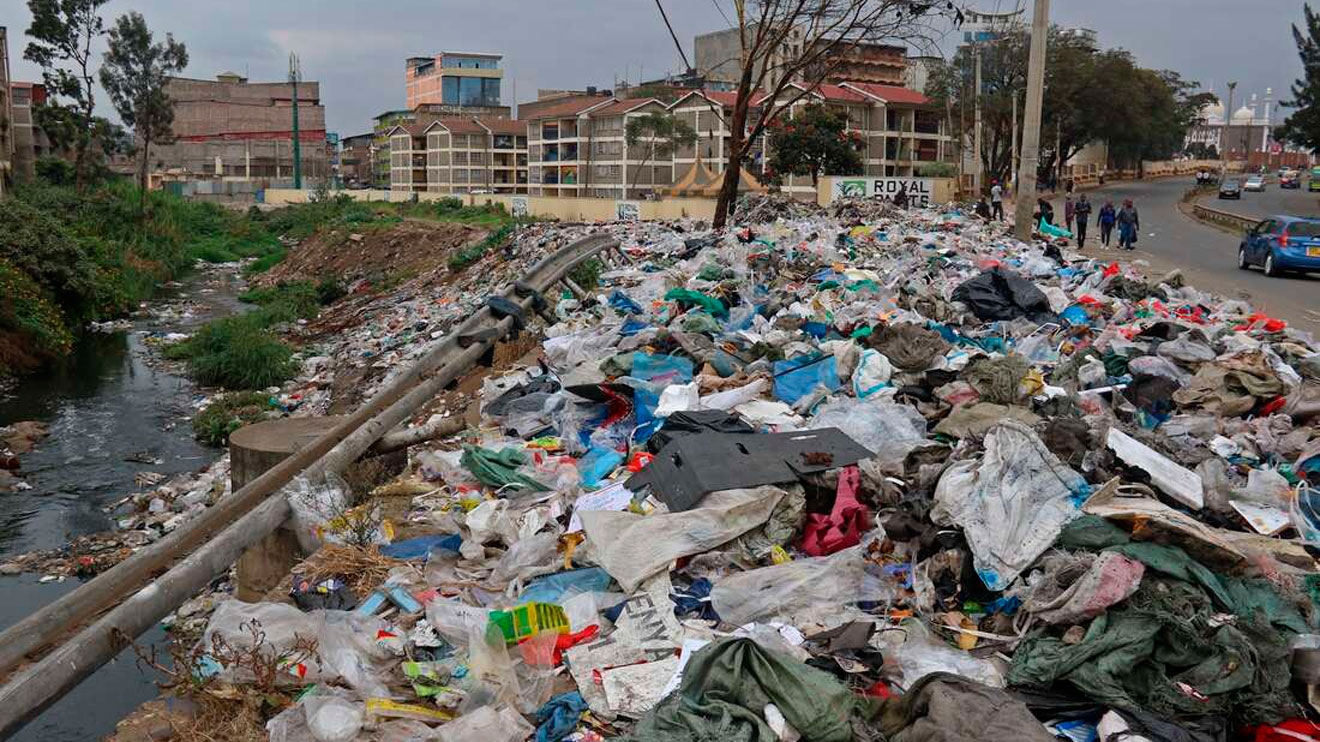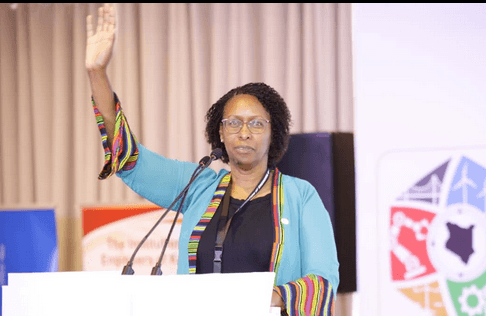

As droughts and floods become more frequent and severe, communities in Kenya are being pushed to the brink. Now, a coalition of human rights organisations is calling on the government to act decisively by stockpiling supplies and improving disaster preparedness.
In a shadow submission presented at the UN’s Universal Periodic Review, which recently concluded in Geneva, the coalition warns that a failure to plan ahead continues to cost lives and deepen suffering, especially amongst the most vulnerable.
Citing past instances of state under-preparedness, the coalition criticised the government’s historical response to disasters as disorganised and insufficient – failures they say have cost lives.
"Recurring droughts and floods have severely disrupted lives in Kenya," the report states. According to the National Disaster Operations Centre (NDOC), between March 1 and May 16, 2024, heavy rains and floods resulted in 291 deaths, 188 injuries and 75 people reported missing. A total of 278,380 individuals (55,676 families) were displaced, while 412,763 people (82,552 families) were affected in various ways.”
The groups emphasised that climate change has made disaster preparedness a critical priority, particularly for protecting vulnerable communities.
Floods during periods of heavy rainfall damage infrastructure, restricting access to essential services such as healthcare, education and housing.
Entire communities are displaced and lives are lost. Flooding also increases the risk of waterborne diseases, placing further strain on public health systems.
Meanwhile, droughts have devastated livelihoods and ignited local conflicts over scarce resources.
The 2014-2018 drought affected 23 of Kenya’s 47 counties, with the Arid and Semi-Arid Lands (ASALs) being the hardest hit.
About 3.4 million Kenyans experienced severe food insecurity and about 500,000 lacked access to water.
Climate-induced migration exacerbates tensions. For instance, pastoralists from less hospitable areas often migrate to better-resourced counties like Laikipia, sparking cross-border and inter-county conflicts over grazing land and water.
Reduced agricultural productivity due to climate stress also fuels rural-urban migration, forcing many into informal settlements located in high-risk zones.
Droughts not only threaten food security but also disrupt education and drive families deeper into poverty.
Scarcity of water, crop failure and livestock deaths lead to substantial economic losses in agriculture – a vital sector.
Additionally, droughts often exacerbate gender-based violence, increasing vulnerabilities in already at-risk populations.
One major concern raised in the report is the absence of a comprehensive disaster management policy.
Although a National Disaster Management Unit exists, institutional weaknesses continue to hinder effective preparedness and response.
Poor coordination amongst government agencies and NGOs, inadequate funding and a lack of investment in early warning systems and infrastructure contribute to delayed and insufficient relief efforts.
Millions face food insecurity driven by climate-related disruptions. According to the Agriculture and Pastoralist Consortium (APC), 5.4 million people (32 per cent of the population analysed) were projected to face high levels of acute food insecurity (IPC AFI Phase 3 or higher) between March and June 2023, with 1.2 million (7 per cent) expected to be in an emergency phase.
In 2018–2019, two consecutive below-average rainfall seasons led to significant deficits and the number of food-insecure people jumped from 700,000 to 3 million.
In 2020, higher-than-average temperatures – especially during the cold season – contributed to ideal conditions for a severe desert locust outbreak.
The pest invasion affected 26 counties, led to massive crop losses and contributed to hunger amongst humans and livestock.
Contaminated water sources and livestock deaths from ingesting locust droppings were also reported.

















